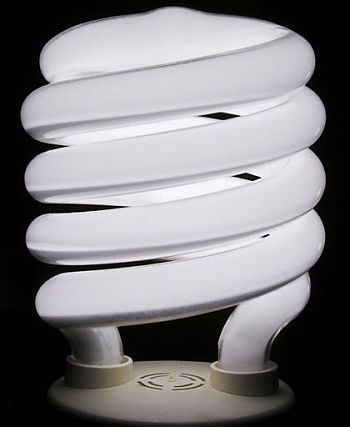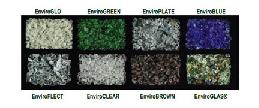
The CFL bulbs which look like ice-cream cones are a great way to reduce your energy bills. Do you know you can end up saving to the tune of $30 or more in electricity costs over each bulb’s lifetime?
Though CFLs require more energy in manufacturing than incandescent lamps, this is offset by the fact that they last longer. The life span of most CFLs is between 6,000 and 15,000 hours, while that of the ordinary bulbs is just 750 hours to 1000 hours.
We will be able to eliminate a whopping 900,000 tons of greenhouse gases, even if just one million households replaced four traditional bulbs with four CFLs!
There is one point of concern with regard to CFL bulbs, and that is like all fluorescent lamps (long tubular lamps), contain small amounts of mercury. This mercury is a cause for concern for landfills and waste incinerators where the mercury from lamps may be released and contribute to air and water pollution.
Some manufacturers are trying to make CFL bulbs with less mercury. Philips is one of them. It claims that its Master TL-D Alto range has the lowest mercury content of any CFL in the market (2 mg).
This is one of the reasons why it is extremely important that the CFL bulbs should be disposed off properly. If a CFL bulb happens to break then try and follow these simple steps as recommended by the EPA.
• To let some fresh air in, open a window and leave the room for 15 minutes or more.
• Carefully scoop fragments and powder with stiff paper/cardboard and rubber gloves—please do not use your bare hands! To lift the small pieces and powder use a duct tape. Place bits in a sealed plastic bag. Try not use a vacuum or broom as this will only spread toxins.
• Wipe the area clean with damp paper towel. When done, place the sullied towel in the same plastic bag.
• Place the first bag in a second sealed plastic bag.
• Call your local sanitation department for your district’s non-hazardous disposal options.
Last but not the least, just don’t dump the broken or fused CFL bulbs with the regular garbage, because not only is it hazardous for the environment it is dangerous for your garbage man too.




